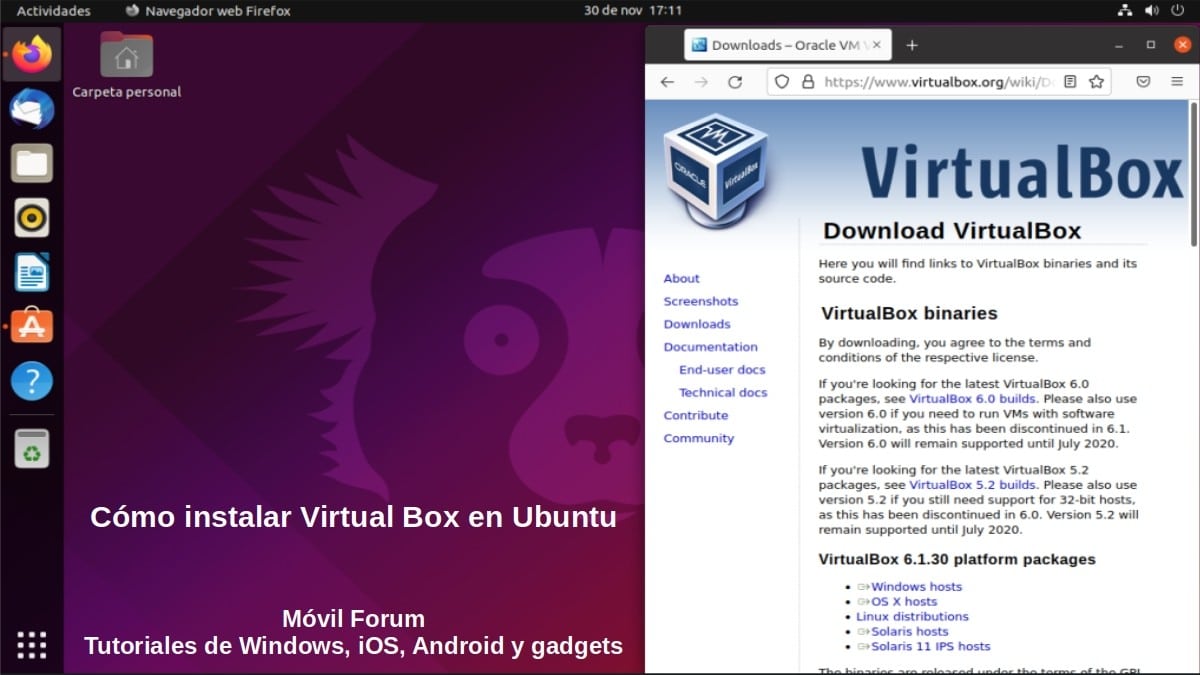
How to install Virtual Box on Ubuntu
In this present tutorial on the scope of Operating Systems Virtualization we will address the installation of one of the best known and most used Virtualization tools call «virtual Box». And of course, about one of the best known and most used Free and open operating systems, LLAMADA «Ubuntu».
Why Virtual Box? Because among many good reasons or positive points, it is multi platform y multi-language. In addition, it can be easily used as much as enterprise virtualization solution as personal. And it is a open source software that has a solid and constant development, and a huge number of features and functions that give it excellent performance and stability.

Before starting this tutorial on «Virtual Box on Ubuntu», we will leave for those interested in exploring later, some of our previous related posts about «Ubuntu and Linux» in general, the following links to them. So that you can do it easily, if you want to increase or strengthen your knowledge on this point, at the end of reading this publication:
"Ubuntu (rather Linux), offers us two interfaces that allow us to interact with the operating system: command line and graphical. If you have used macOS regularly for years, you will know that many of the commands available, the Apple operating system for desktop computers is based (in part) on Unix, they are practically the same or very similar. " How to uninstall a program in Ubuntu

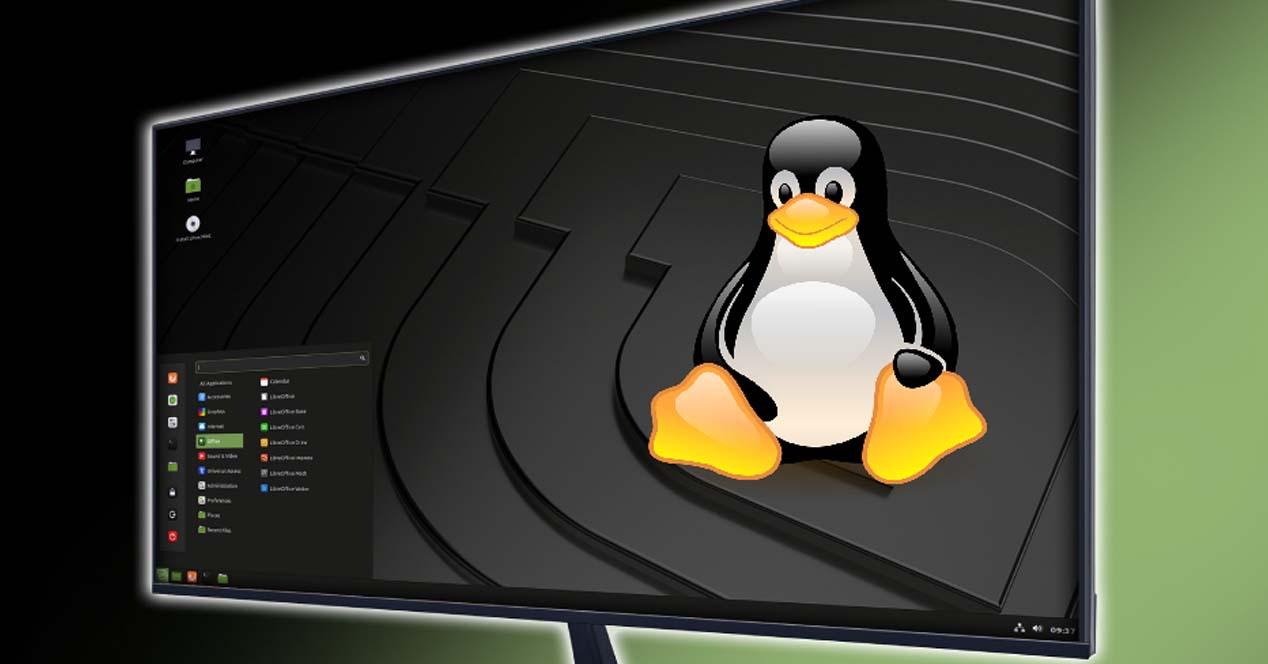

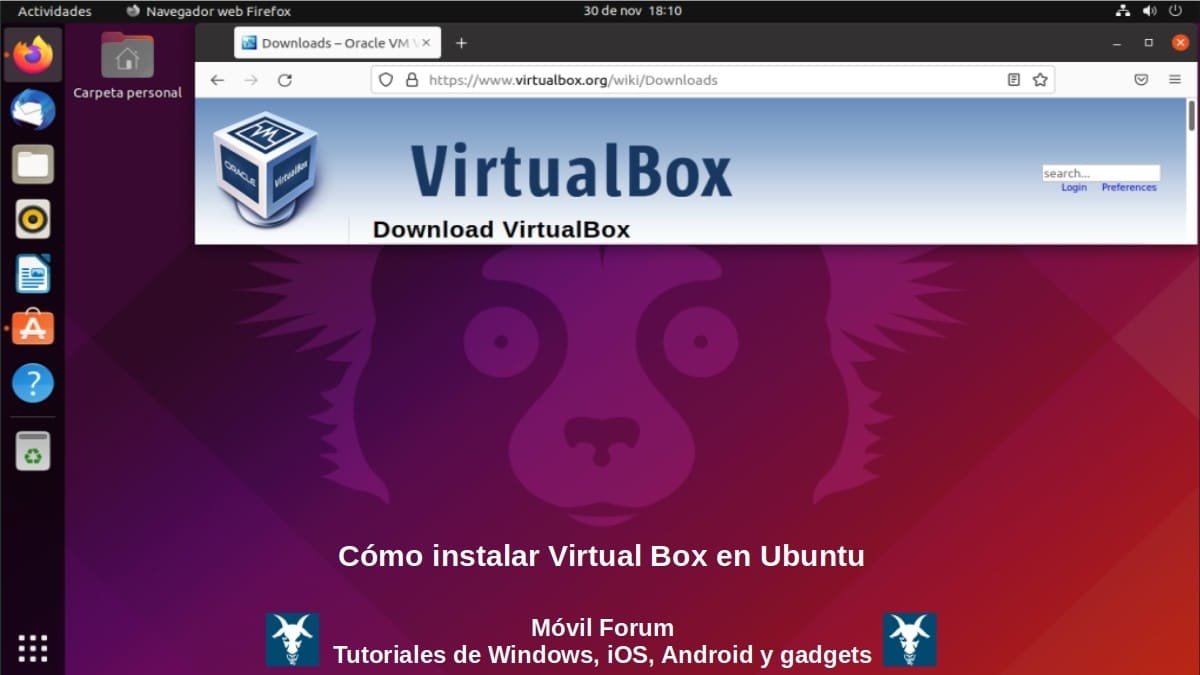
How to install Virtual Box on Ubuntu successfully?
How to install Virtual Box on Ubuntu successfully?
Since, it is always good before install and use may be made by each software (program) To know as much as possible about it, below we will briefly address each of these 2 programs that we will use for the tutorial:
What is Virtual Box?
According to his Official website, «virtual Box» also known as Oracle VM VirtualBox It is briefly described as follows:
"VirtualBox is a complete general-purpose virtualizer for x86 hardware, intended for use on servers, desktops, and embedded computers.. "
However, in their very complete website they detail the following, among many other things:
"VirtualBox is a powerful x86 and AMD64 / Intel64 virtualization product for business and home use. VirtualBox is not only an extremely feature-rich and high-performance product for business customers, it is also the only professional solution that is freely available as open source software under the terms of the GNU General Public License (GPL) version 2.. "
Current Features
- Can be run on Windows, Linux, Macintosh and Solaris: In more detail it is compatible with Windows (NT 4.0, 2000, XP, Server 2003, Vista, Windows 7, Windows 8, Windows 10), DOS / Windows 3.x, Linux (2.4, 2.6, 3.x and 4.x) , Solaris and OpenSolaris, OS / 2 and OpenBSD.
- Its development is very active and presents frequent releases: Over time it includes more features, supported guest operating systems and platforms on which it can run. In addition, its development has a large Community, which in turn, is supported by the Oracle company. Company that ensures that the product always meets the necessary professional quality criteria.
- It is a very versatile multiplatform virtualization application: It can run on existing Intel or AMD-based computers, with almost any modern Operating System, and from small embedded systems or desktop-class machines to data center deployments and even cloud environments. In addition, it allows you to install and run as many Virtual Machines (VM) as needed. The only practical limits are disk space and memory.
What is Ubuntu?
According to his Official website, «Ubuntu» also known as Ubuntu desktop o Ubuntu Server It is briefly described as follows:
“An open source Operating System for desktops, laptops, servers and other devices and equipment."
However, on their website they add the following, among many other things:
"Currently, Ubuntu Desktop maintains 2 stable versions, version 20.04.X LTS that includes long-term support (Long-Term Support) and version 21.10.X with the most modern applications and possible features.. "
Current Features of Ubuntu 21.10 (Impish Indri)
- Includes Kernel 5.13: Which offers support for new hardware and some less new, such as future Intel and AMD chips, such as Intel Alderlake S or AMD Adebaran; Microsoft Surface 356 laptops and tablets, Rudimentary support for Apple M1 and a wide range of bug fixes.
- Incorporates new updates to the Toolchain: These include GCC version 11.2.0, binutils 2.37, and glibc 2.34. Also, LLVM 13, Golang 1.17.x, and Rustc 1.51.
- Add interesting security improvements: Like for example that, now Nftables is now the default backend for the firewall.
- Integrate various updated applications: Among which are Firefox 93, Thunderbird: 91.1.2, and LibreOffice 7.2.1.2.
Existing installation ways
Having clear up to here, and in a very summarized way the most necessary about «Virtual Box and Ubuntu» we will start to explain the various ways to install and use Virtual Box on Ubuntu.
Software Store
This first method can be considered as the simplest and fastest. Since, it is only necessary to execute the Ubuntu Software Store (Ubuntu Software) Through the Applications Menu. And once the Software Store has started, press the magnifying glass symbol in the upper right corner to display the Application Search Bar. Already there, we proceed to write VirtualBox to show us that program.
Once the search is pressed on «Virtual Box» on the next screen, all that remains is to press the Install button and wait for the whole process to finish. By then run afterwards, the program from the Applications Menu. As shown in the following pictures:
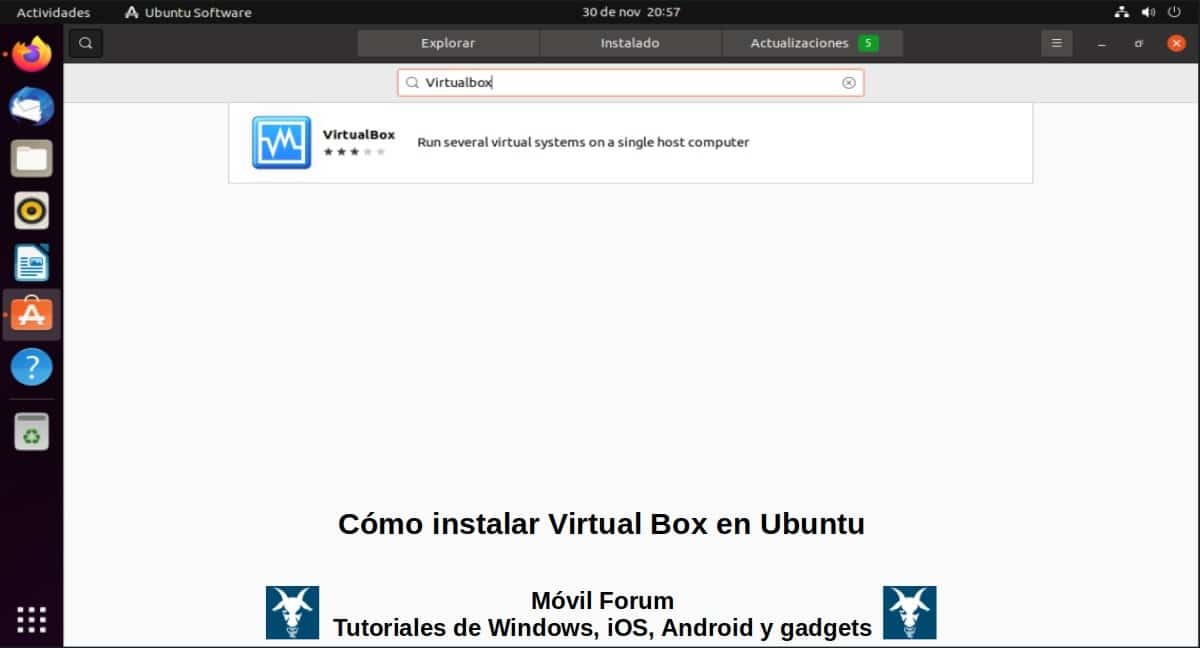
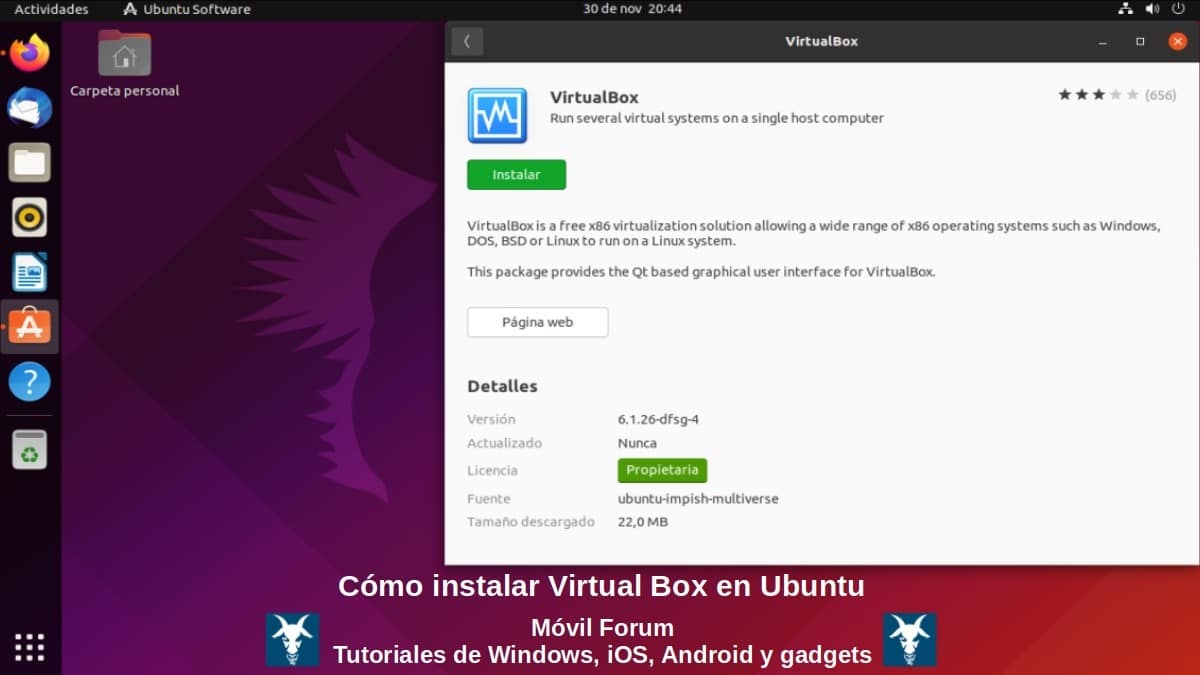
Direct Installer Download
For this second method to comment, we must go to the Linux section of Virtual Box Downloads to proceed to lower the installer in ".deb format". Which should be, the version available and corresponding to our version of "Ubuntu", as indicated therein. For example, to download the installer for Ubuntu 19.10/20.04/20.10/21.04 just need press here.
Once downloaded it can be installed graphically with some Package manager installed as Gdebi or via Terminal (Console) through the following command order:
«sudo apt install ./Descargas/virtualbox-6.1_6.1.30-148432~Ubuntu~eoan_amd64.deb»
Once the step is executed, you only have to wait for the whole process to finish, and then execute the program from the Applications Menu. As shown in the following pictures:
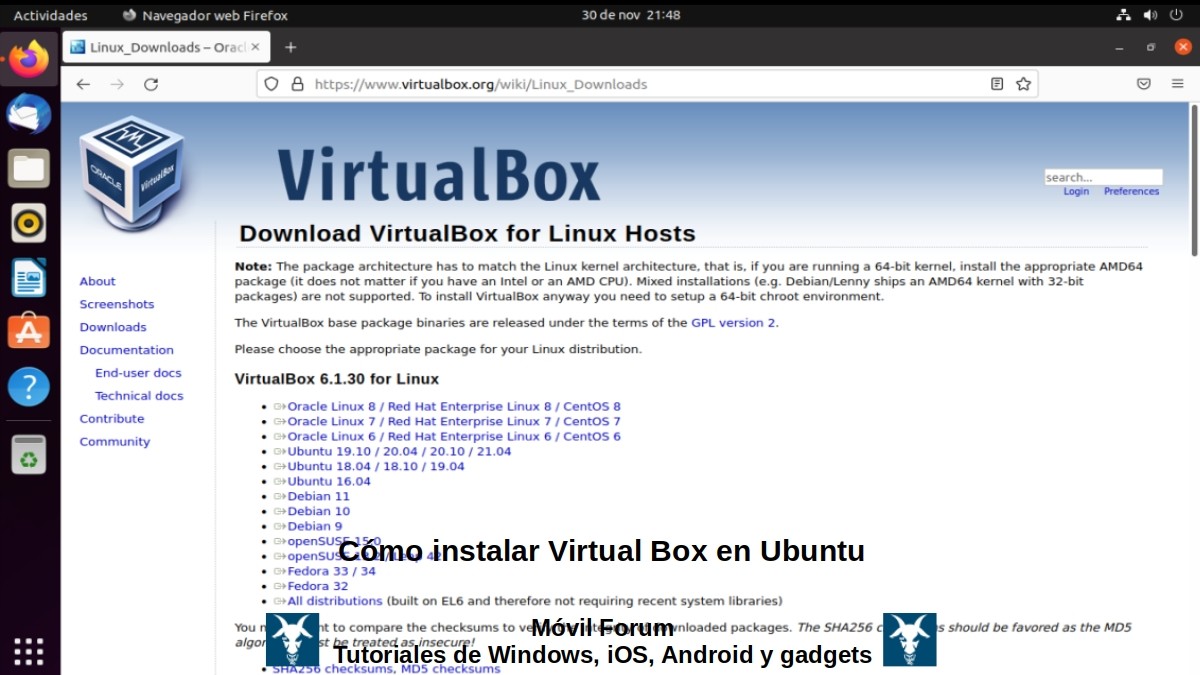
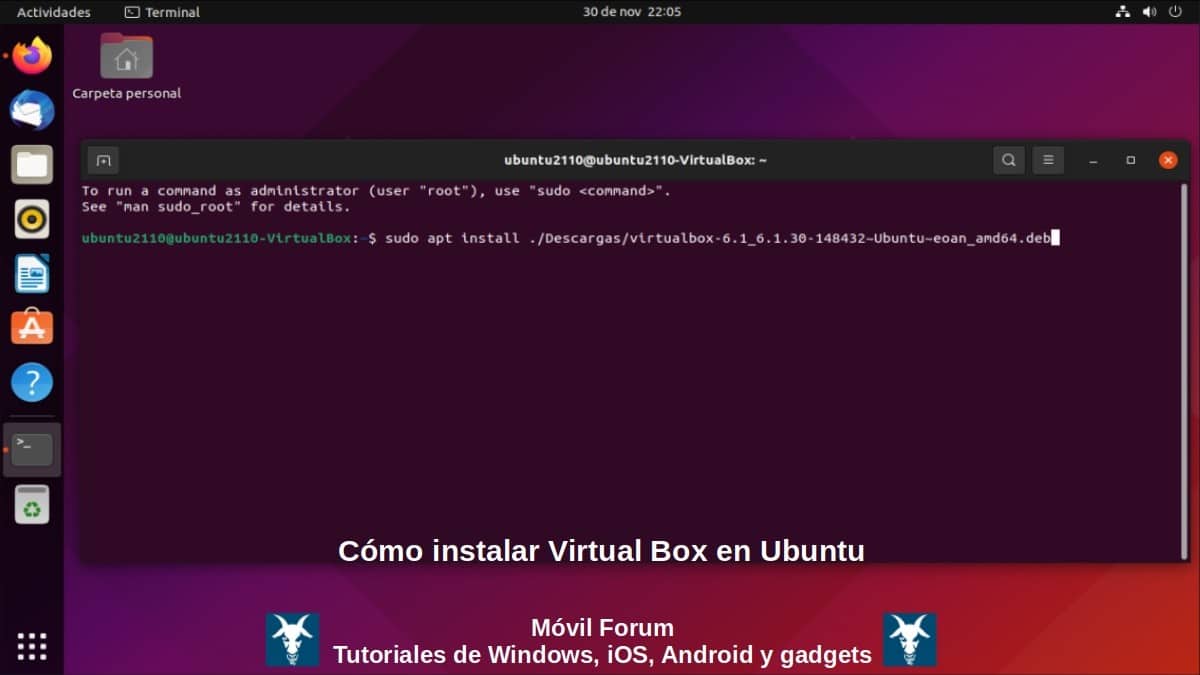
Official repositories
This third and last method to be discussed can be considered the longest and most complex, but at the same time the most convenient. Since, we download the source files reliably and in their latest versions from the repositories of «Oracle VM VirtualBox ». To start this step, we must also go to the Linux section of Virtual Box Downloads and follow the instructions provided below.
In summary, these are the following:
- Open our terminal and edit the file "sources.list" arranged in the path "/ etc / apt /" to insert the end of it the following line:
«deb [arch=amd64] https://download.virtualbox.org/virtualbox/debian eoan contrib»
- Once the changes have been saved in the file "sources.list" the following command must be executed to add the key of the repository of «Oracle VM VirtualBox »:
«wget -q https://www.virtualbox.org/download/oracle_vbox_2016.asc -O- | sudo apt-key add -»
- If everything has been successful up to here, it only remains to execute the following command commands in the same sequence:
«sudo apt update»
«sudo apt install virtualbox-6.1»
- Finally, and in case the previous command commands have been executed successfully, we can now execute Oracle VM VirtualBox from the Applications Menu.
And so that everything explained above is more understandable, below we will see the images associated with what has been commented:
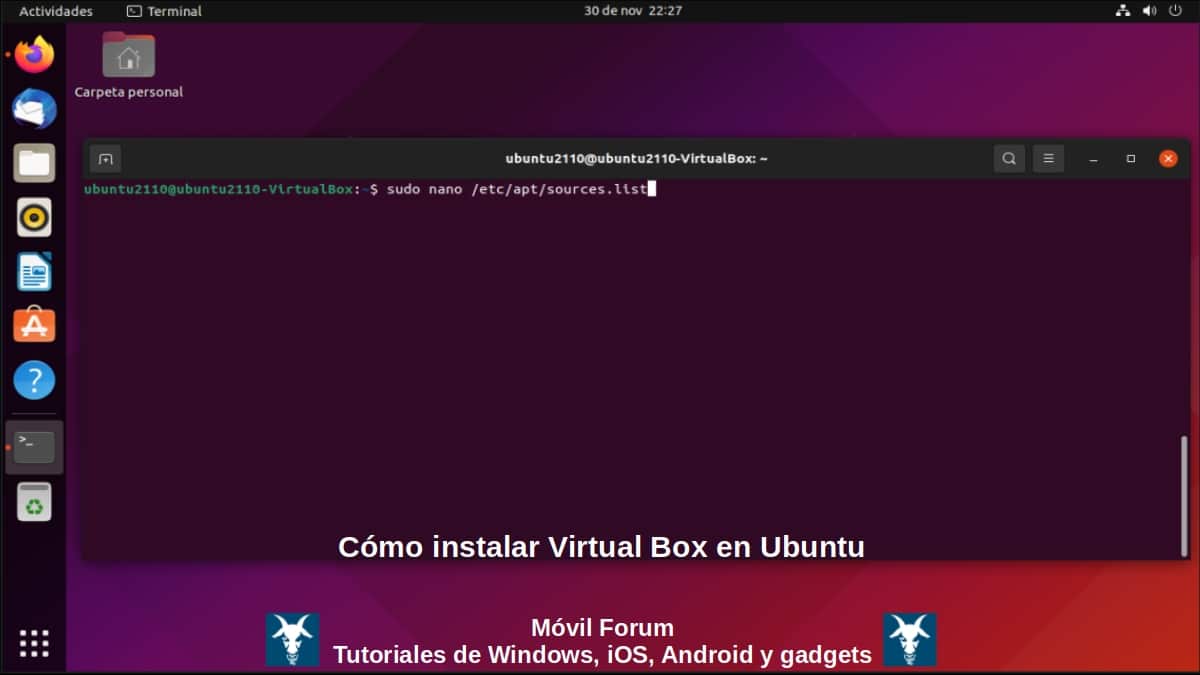
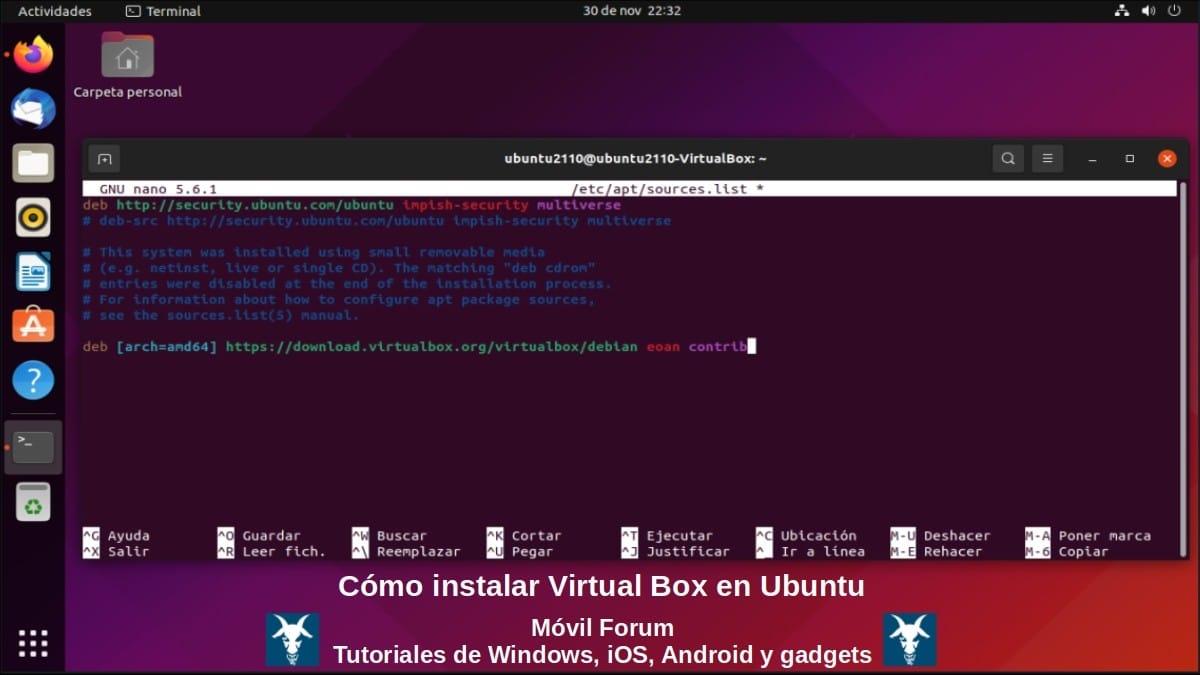
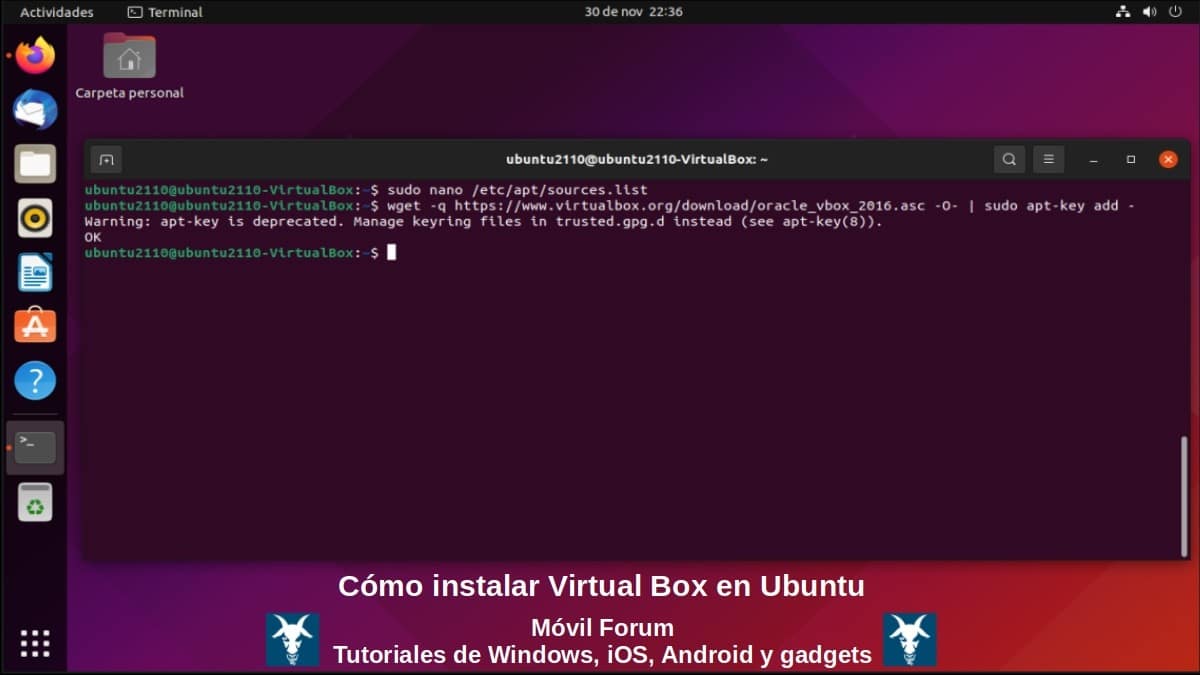
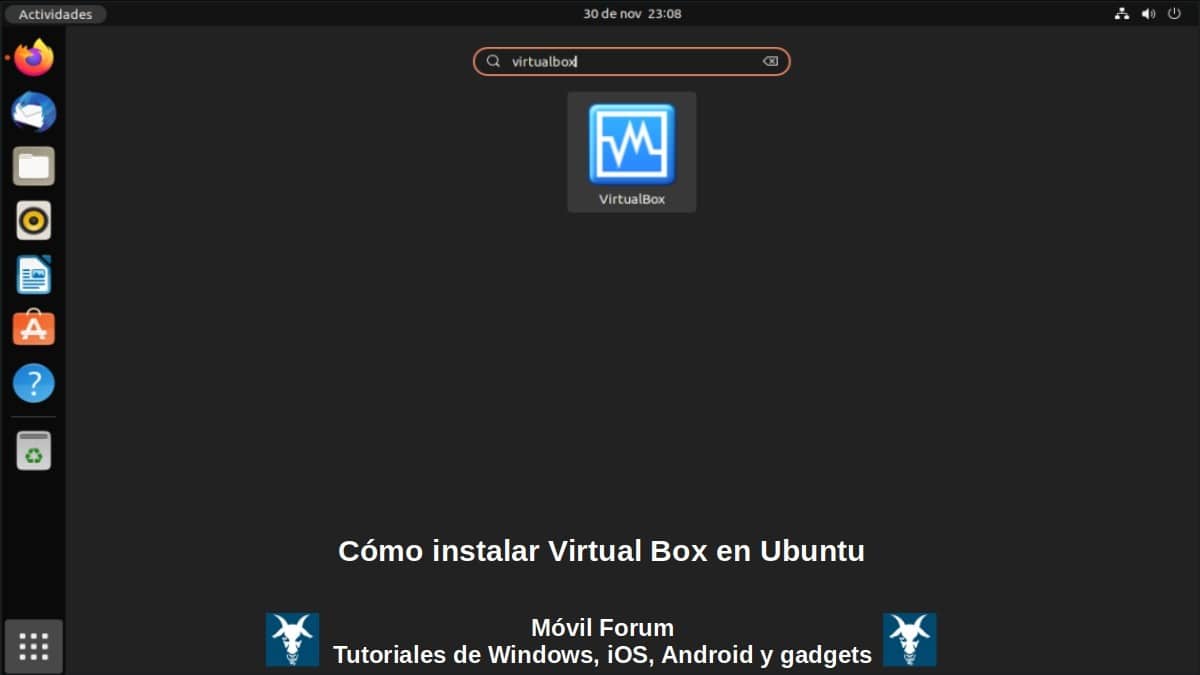
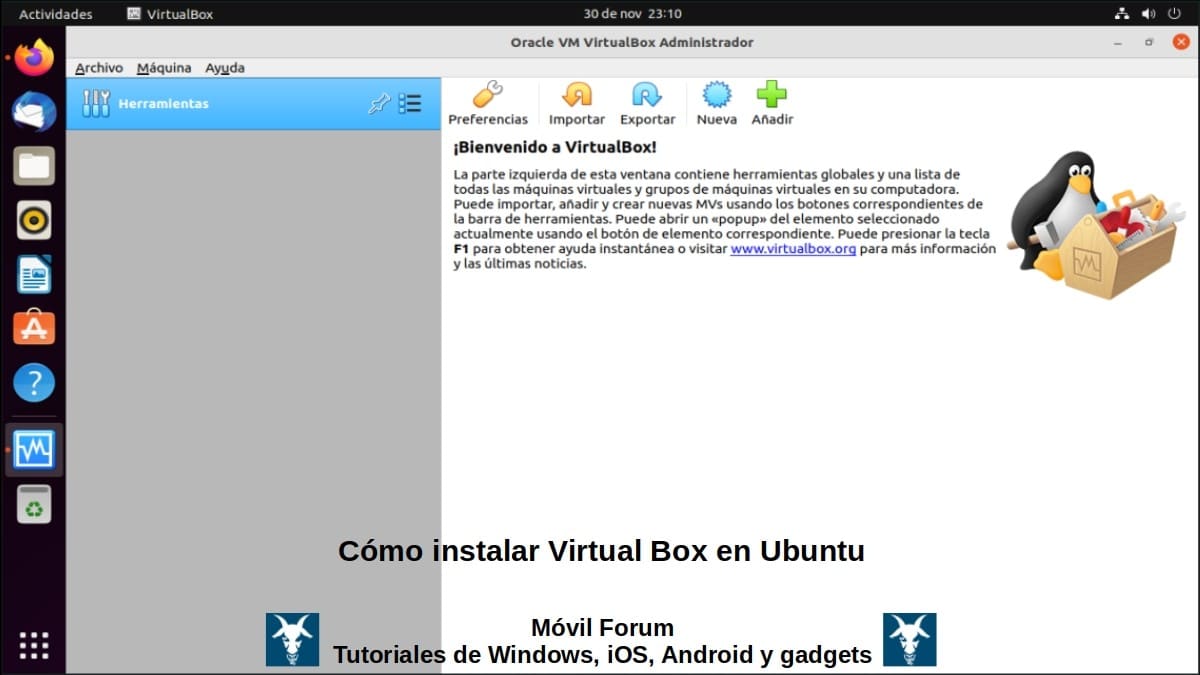
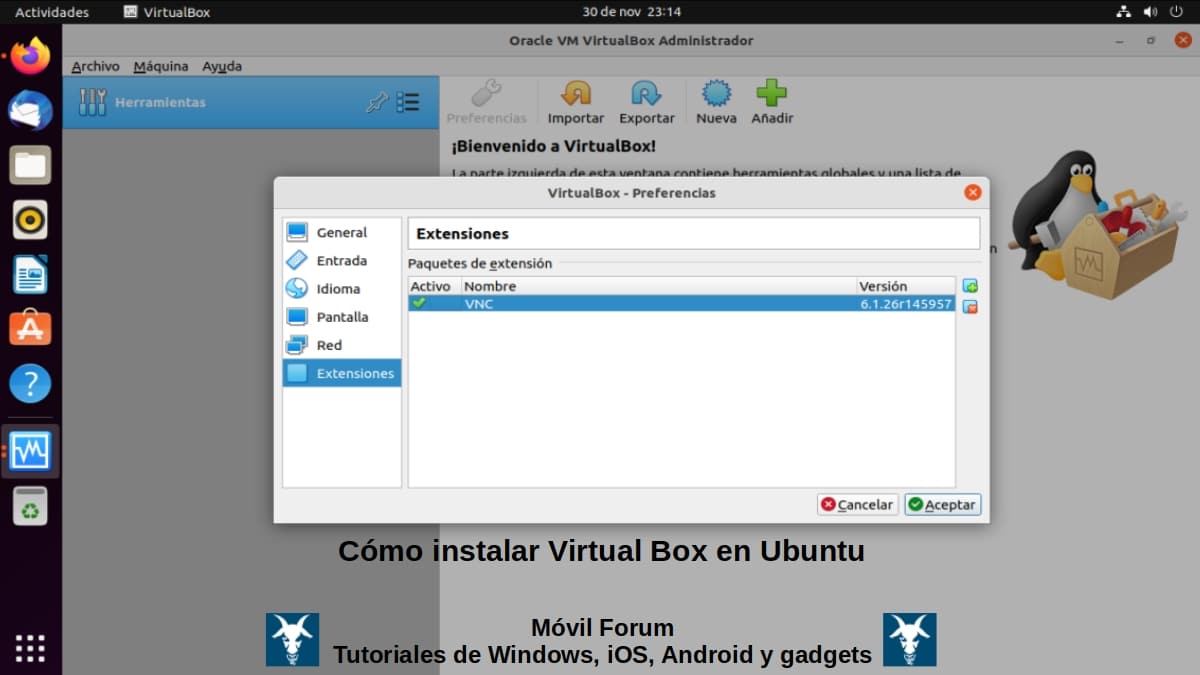
Recommendations
As you can see, so far we have completed the objective of this Tutorial on «How to install Virtual Box on Ubuntu». It only remains as a recommendation, download the file Oracle VM VirtualBox Extension Pack and then add it to virtual Box, clicking here.
The file Oracle VM VirtualBox Extension Pack is added by the Preferences Option (Button), which is the one that corresponds to the last image shown. To then start downloading the ISO files of our favorite Operating Systems and create the Virtual Machines (MV) necessary to test them and learn more.
And if necessary, how Good Practice Policy, the file must be installed VirtualBox Guest Additions on each Virtual Machine (VM) generated. Since, this is a special software package (controllers and applications) that is part of VirtualBox and is integrated into each of the VMs to improve their performance and add new functions.
In addition, it is available on a CD-ROM image under the name VBoxGuestAdditions.iso. Image that must be mounted in each of the VMs as a CD drive to install them from them.
And finish, maybe in the near future we will be doing another Tutorial on options and settings of the "Virtual Box", since there are many and over time more are added.

Summary
In summary, "Virtual Box" y "Ubuntu" they are an excellent, efficient and simple combination. Especially when you want a Free and open operating system, light, stable and highly functional. In order to generate Virtual machines through virtualization tool robust, robust and open source.
We hope that this publication will be very useful for the entire «Comunidad de nuestra web». And if you liked it, don't forget to comment on it here and share it with others on your favorite websites, channels, groups or communities on social networks or messaging systems. And finally, visit our home page at «Mobile Forum» to explore more news, and join the Official Group of Facebook of Móvil Forum.